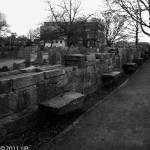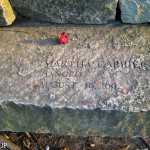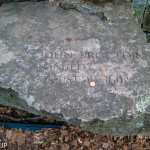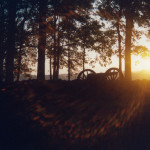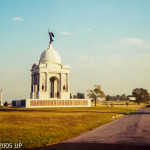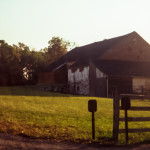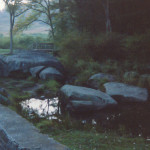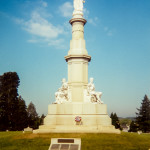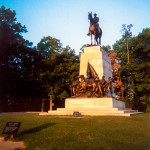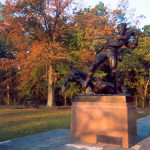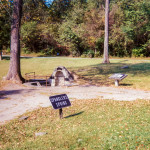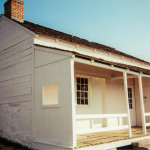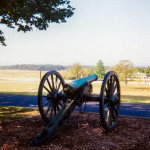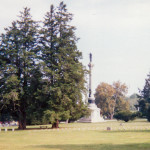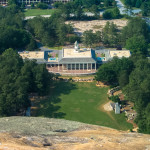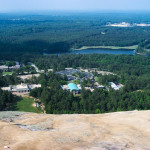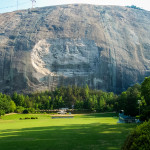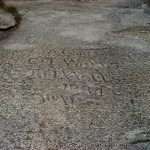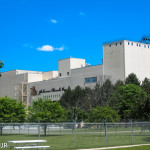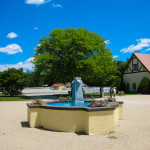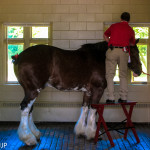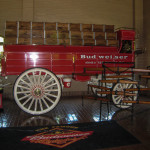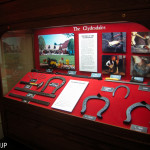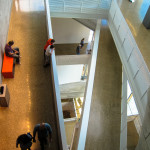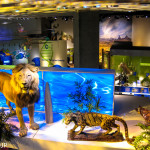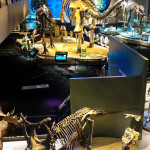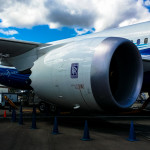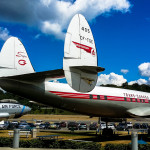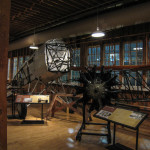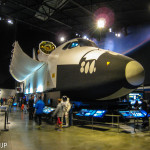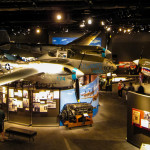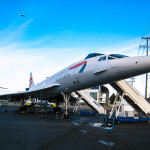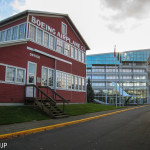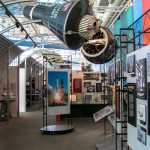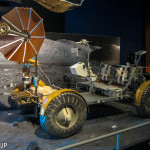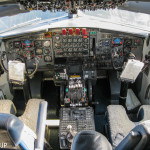Over three hundred years ago, the community of Salem Village was swept into hysteria around witchcraft. So convinced that witches were rampant in the community, more than two hundred were accused, twenty were executed, and thirteen others died in prison or while in custody. About 40 minutes north of Boston, if you go to Salem, MA today expecting to find a lot of historical buildings tied to the trials, you are in for some disappointment. In fact, the trials themselves didn’t originate in Salem at all, but in nearby Salem Village, which renamed itself Danvers to escape the shame of the trials. The Governor did eventually establish a special court in Salem to sort out the issue and Salem did eventually hang 19 on Gallows Hill and also press one 71 year old man to death for not admitting to what the courts had accused them of being – witches.
So if you do find yourself in Salem, there is one period home once owned by a judge tied to the trials still standing (although nothing related to the trials actually occurred there) and several museums on the subject to peruse around town. If you are interested in getting personal with the ‘witches’ of Salem, there is a very nice memorial downtown with their names, date, and method of execution.
If you have some extra time, you can drive 20 minutes North West to Danvers to find another monument to the victims. This one sits just across from the actual spot where the madness all began.
SAS Score: 2


